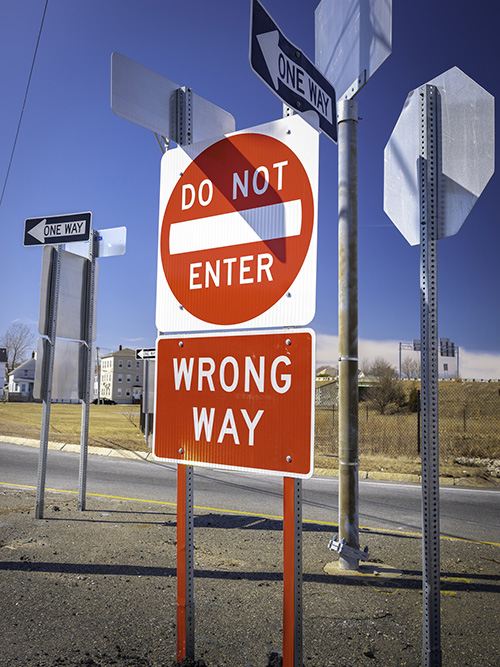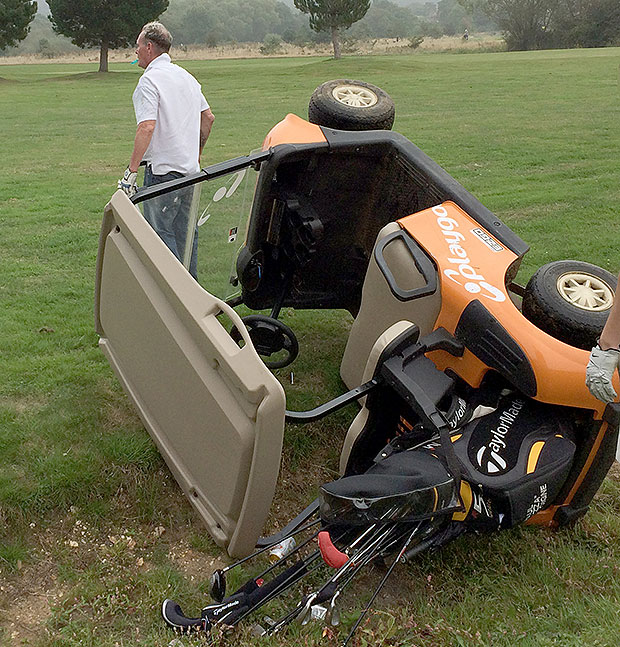Just hearing about it happening sends shivers down the spine of most Americans: a driver being killed or severely injured in a crash involving a wrong-way driver on a roadway.
A nationally well-known example is the 2009 fatal crash involving Diane Schuler. Around noon on July 26th, Ms. Schuler was driving an SUV with her children and nieces as passengers when she entered the Taconic Parkway in Westchester County, New York, going the wrong way. She drove at speeds of up to eighty miles per hour for almost two miles before striking another car head-on and killing the three occupants of that car, along with herself, her daughter, and her three nieces. Her five-year-old son survived. Her toxicology showed twice the legal limit for alcohol, as well as THC. While her story both horrified and captivated the country’s attention, this is by no means a singular occurrence.
According to AAA Foundation for Traffic Safety (AAAFTS), between 2010 and 2018 there were 2,921 fatal wrong-way crashes resulting in 3,885 deaths—an average of 430 deaths per year. Over half of these deaths were wrong-way drivers (52.8%), a small percentage were their passengers (5.7%), while about four in ten (41.1%) were occupants of other vehicles.
The corporate office of CED Technologies, Inc. is in Connecticut, a state which has seen a sharp uptick in wrong-way crashes in 2022. While historically Texas (with 67.7) and Florida (with 34.4) have the most accidents of this kind, the statistics in Connecticut are not encouraging – as of June of this year, Connecticut had twenty deaths related to eleven wrong-way collisions – more than double the amount of wrong-way fatalities that occurred in the previous two years.
Who is likely to be behind the wheel when going the wrong way on the highway? AAA FTS gives some insight:
- Drunk Drivers – drivers with a blood alcohol concentration (BAC) greater than or equal to 0.08 g/dL have an odds ratio (OR) of 18.36. Crash-causing drivers have been found to be under the influence alcohol, marijuana, or both.
- Unlicensed Drivers – drivers with suspended, revoked or expired licenses, or with no license at all, are more likely to be wrong-way drivers.
- Age of Vehicle – Compared to those with newer model vehicles (0 to 5 years old), drivers with models between 6 and 10 years old were more likely to be wrong-way drivers, and the odds increase the older their vehicles are.
- Age of Driver – The odds of being a wrong-way driver dramatically increases after the age of 70 years.
If you are on the road and spot a wrong way driver, remember these three simple steps:
- Get to the shoulder of the road and stop.
- Safely try to get the driver’s attention by flashing your headlights and honking your horn.
- Call 9-1-1 and stay off the road. Do not follow the driver, which puts you at risk.
Most wrong-way driving accidents happen at night, on weekends, and in lanes closest to the median. While states and cities are working on improving on-ramp and off-ramp signs and barriers, staying sober and vigilant on the road are your best courses of action in a scenario like this.






